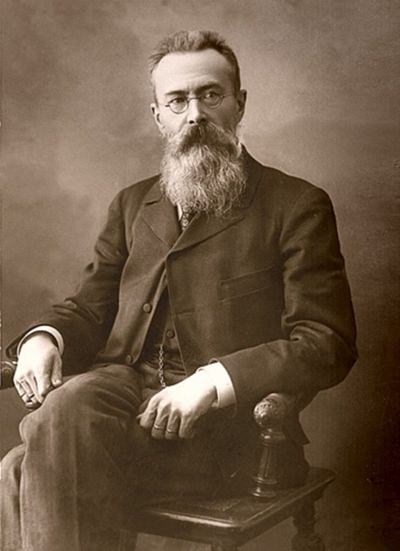
Now then, here’s a question for you. What do the following names have in common? They are Pinta, Niña and Santa María. I admit that it’s not a very difficult question, but it’s the end of the week and I don’t want to tax your intellect too much. No doubt you’ll recall that they are the names of the three ships that left the mainland of Spain on 3rd August 1492 under the overall command of the Genoese navigator and explorer, Christopher Columbus. Like many others, he believed that it would be possible to reach the lucrative markets of eastern Asia by heading west, as an alternative to the increasingly dangerous overland route. The three little ships were at sea for over two months before land was sighted. As we all now know, it wasn’t the land that Columbus hoped to find, but instead a small island in the present-day Bahamas.
The sea has always fascinated poets, writers and artists. John Masefield’s sea poems immediately spring to mind as do the superb visionary seascapes of the brilliant but slightly dotty J. M. Turner, who was nonetheless artistically years ahead of his time. The French impressionists also found that the sea was a rich source of inspiration, especially Claude Monet, best known for his many marine paintings. Then there’s the Russian Ivan Aivazovsky, one of the great masters of marine art whose luminous canvases really seem to catch the sea in all its moods.
Unlike poets and painters, few composers seem to have found inspiration from the sea, despite the fact that it covers most of the world’s surface. Mendelssohn wrote a concert overture called Calm Sea and Prosperous Voyage and Delius wrote a lovely orchestral piece called Sea Drift. Britten and Elgar used sea themes; Vaughan Williams wrote a Sea Symphony and the lesser-known Granville Bantock composed a Hebridean Symphony. But these are works inspired by the sea rather than ships. Wagner’s The Flying Dutchman is the name of a ghostly ship and the British film music composer Ron Goodwin wrote a suite for band called The Tall Ships. Otherwise, music inspired by ships is about as rare as music inspired by railway trains.
Nikolai Rimsky-Korsakov (1844 –1908): The Sea and Sinbad’s Ship. Yale Symphony Orchestra, cond. Toshiyuki Shimada (Duration: 10:12; Video: 1080p HD)
This must be the most well-known piece inspired by a ship, albeit a fictional one. The Sea and Sinbad’s Ship is the first movement of Scheherazade, a symphonic suite composed by Rimsky-Korsakov in the summer of 1887. It’s based on pictures from One Thousand and One Nights, a collection of Middle Eastern folk tales compiled during the so-called Islamic Golden Age.
Scheherazade has become the composer’s most popular work, characterized by memorable tunes and dazzling orchestration. It’s one of several of his works based on oriental themes and reflects the then current fad in Imperial Russia for all things Oriental. The work is cast in four movements and if you have YouTube configured appropriately, it should play the remaining movements in succession.
Incidentally, Rimsky-Korsakov had an enormous influence on Russian music. During his thirty-five years at Saint Petersburg Conservatoire he taught over 250 students including such famous names as Glazunov, Stravinsky, Prokofiev and Respighi. He was a brilliant orchestrator and his book Principles of Orchestration is still in print and essential reading for all serious students of arranging and composition.
Maurice Ravel (1875-1937): Une barque sur l’océan. Gürzenich-Orchester Köln cond. François-Xavier Roth (Duration: 07.24; Video: 720p HD)
During the 1920s and 1930s Ravel was considered France’s leading composer. Strangely enough he wrote no symphonies but a great deal of music for the piano, some of which is exceptionally difficult to play. He made many orchestral transcriptions of his piano compositions and this is one of them. Une Barque sur l’océan is the third movement of the technically-challenging five-movement Miroirs, a suite for solo piano that he completed in 1905. The title of course means “a boat on the ocean” and it’s typical Ravel, with sweeping musical gestures and rich colourful harmonies. Like his older contemporary Claude Debussy, Ravel was greatly attracted to the sea and in the music has captured the sense of the movement of sea breeze and the rolling ocean waves.
As a bonus, you also get a superb performance of one of the finest French works inspired by the sea, Debussy’s three-movement suite entitled Le Mer. It’s played immediately after the Ravel almost without a break. This is an interesting approach which seems to work as a performance strategy, for a burst of wild applause between these two serene movements would hardly be less appropriate.
 |
 |
 |





